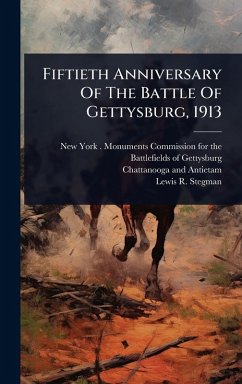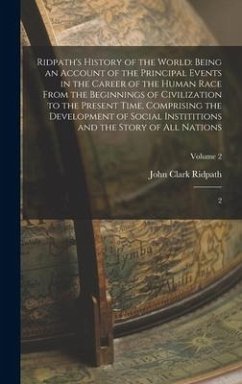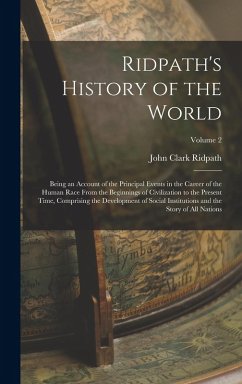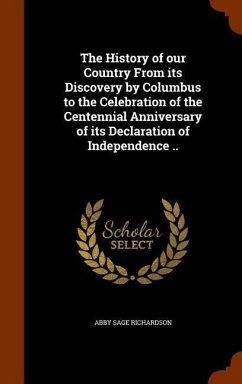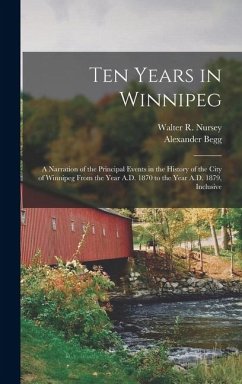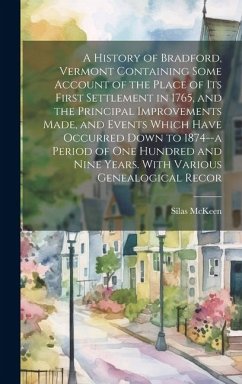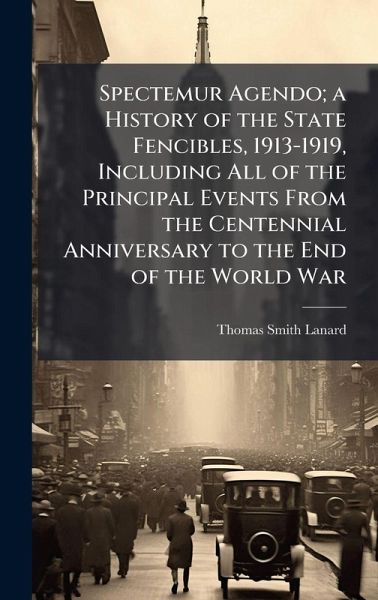
Spectemur Agendo; a History of the State Fencibles, 1913-1919, Including All of the Principal Events From the Centennial Anniversary to the End of the World War
Versandkostenfrei!
Versandfertig in über 4 Wochen
31,99 €
inkl. MwSt.
Weitere Ausgaben:

PAYBACK Punkte
16 °P sammeln!
"Spectemur Agendo; a History of the State Fencibles, 1913-1919" chronicles the history of the State Fencibles, a unit of the Pennsylvania National Guard, during a pivotal period in American history. Beginning with the centennial anniversary celebrations and continuing through the tumultuous years of World War I, this detailed account captures the experiences and contributions of these citizen-soldiers. The book provides valuable insights into the unit's training, deployments, and engagements during the war. Written by Thomas Smith Lanard, the book offers a unique perspective on the impact of t...
"Spectemur Agendo; a History of the State Fencibles, 1913-1919" chronicles the history of the State Fencibles, a unit of the Pennsylvania National Guard, during a pivotal period in American history. Beginning with the centennial anniversary celebrations and continuing through the tumultuous years of World War I, this detailed account captures the experiences and contributions of these citizen-soldiers. The book provides valuable insights into the unit's training, deployments, and engagements during the war. Written by Thomas Smith Lanard, the book offers a unique perspective on the impact of the war on a local military organization and its members. It sheds light on the sacrifices made by these individuals and their families, and it serves as a tribute to their service and dedication. This historical record is an invaluable resource for anyone interested in military history, Pennsylvania history, or the role of the National Guard in World War I. This work has been selected by scholars as being culturally important, and is part of the knowledge base of civilization as we know it. This work was reproduced from the original artifact, and remains as true to the original work as possible. Therefore, you will see the original copyright references, library stamps (as most of these works have been housed in our most important libraries around the world), and other notations in the work. This work is in the public domain in the United States of America, and possibly other nations. Within the United States, you may freely copy and distribute this work, as no entity (individual or corporate) has a copyright on the body of the work. As a reproduction of a historical artifact, this work may contain missing or blurred pages, poor pictures, errant marks, etc. Scholars believe, and we concur, that this work is important enough to be preserved, reproduced, and made generally available to the public. We appreciate your support of the preservation process, and thank you for being an important part of keeping this knowledge alive and relevant.




